Multidirectional instability following posteromedial elbow dislocation
Score and Comment on this Case
Clinical Details
Clinical and radiological findings: This is the arm of a 25-year old male rock climber who sustained an awkward fall on the arm whilst climbing from a height of around 3 to 4 m. The initial direction of dislocation is unclear, and multiple closed manipulations in the emergency department only make the picture more confusing demonstrating multi directional instability. Ultimately the joint was congruently reduced and a CT scan preoperatively demonstrated only very minimum bony trauma associated with ligamental avulsion.
Preoperative Plan
Planning remarks:
Surgical Discussion
Operative remarks:Operative management took place around 1 week post-injury. Initially opening laterally through kaplans interval access across the joint allowed retrieval of small bony fragments out of the ulnohumeral joint. The evolved common origin of the lateral collateral ligament complex from the lateral epicondyle was then fixed with a single suture anchor at the isometric point. Was this provided excellent stability in extension the joint was still gapping in valgus stress. Was perhaps radiologically not impressive it felt sloppy in the hand and so that a second medial approach was opened to inspect and repair are the medial collateral ligament. Upon opening the media side it became evident that an avulsion of the common flexor origin accompanied the medial collateral avulsion. This is nicely demonstrated in the intraoperative photos provided where the common origin can be reflected and both the common flexor mass together with the ulnar nerve and medial collateral ligament can be identified as two discrete anatomical planes. To suture anchors we used to re fix both the medial collateral and common flexor origin. The medial collateral was suited to a single point although it's fibre bundles perhaps deserves more anatomical reconstruction over the length of the medial epicondyle. Dynamic testing of stability under fluoroscopy demonstrated a congruent stable joint two within 10 degrees of full extension.
Author's Resources & References
Search for Related Literature
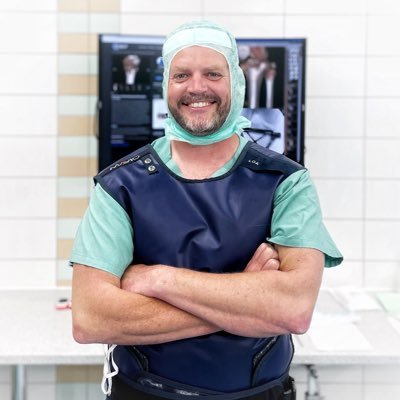
Dr Ed Oates
- Germany , Schleswig Holstein
- Area of Specialty - General Trauma
- Position - Specialist Consultant

Industry Sponsership
contact us for advertising opportunities
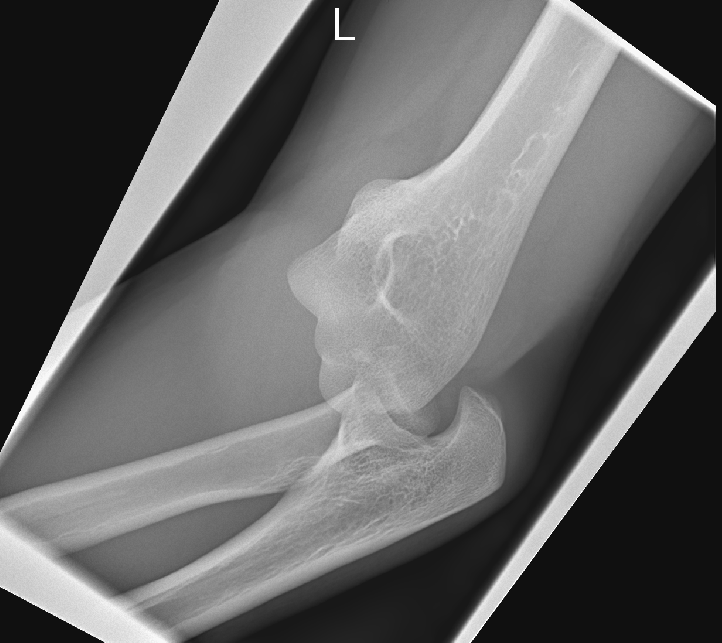
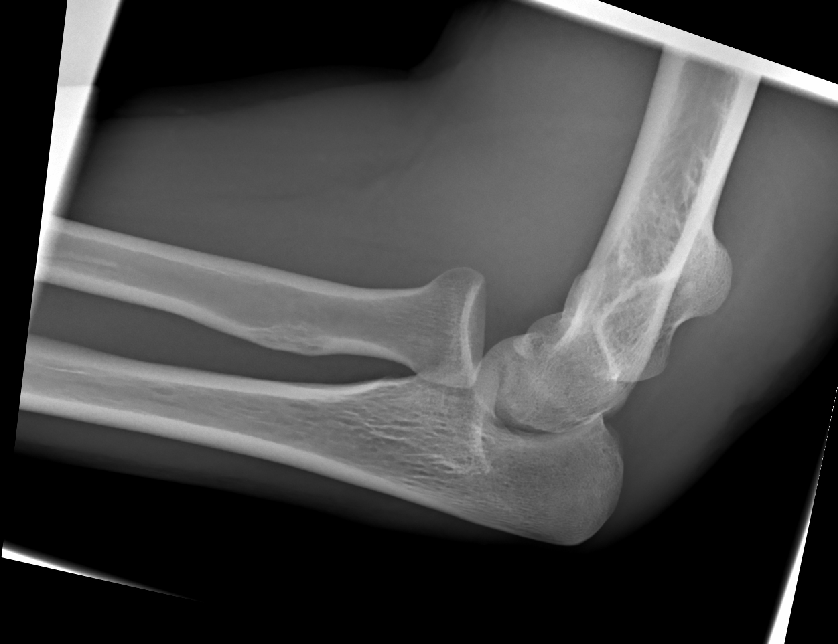
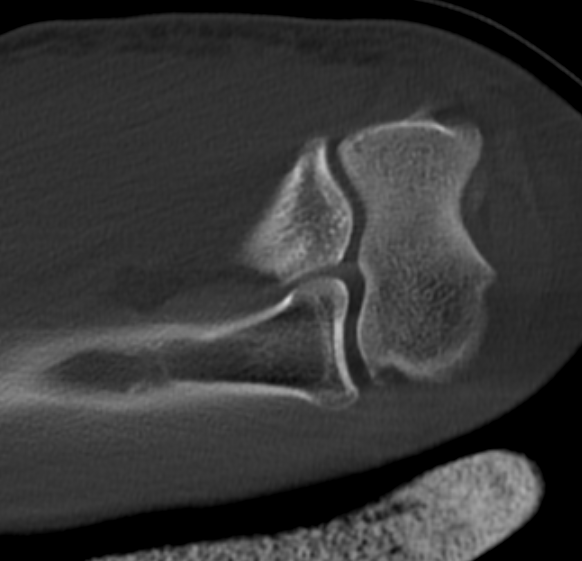
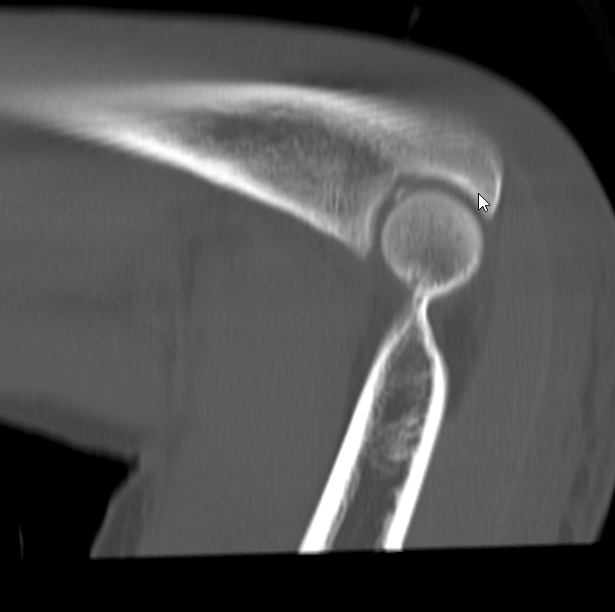
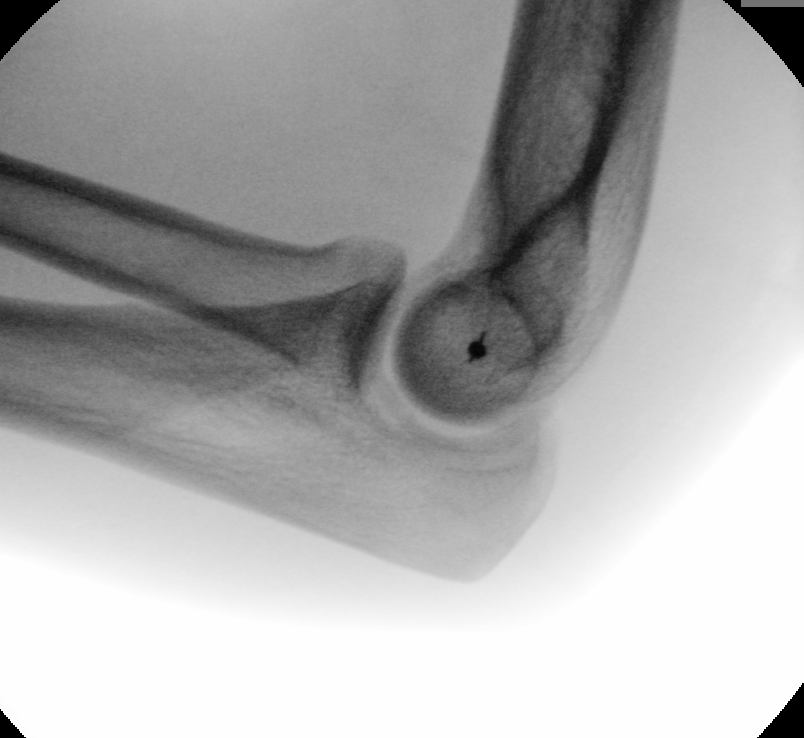
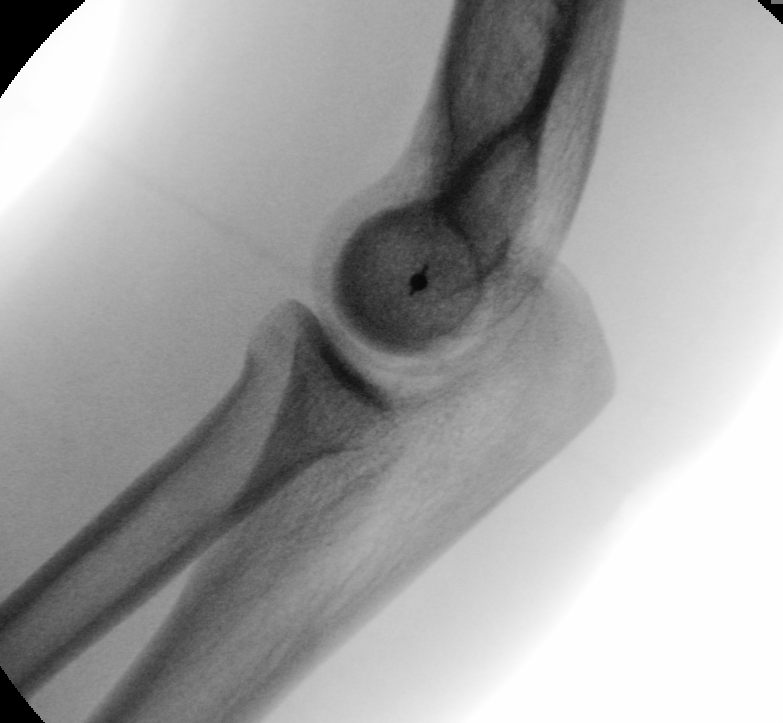
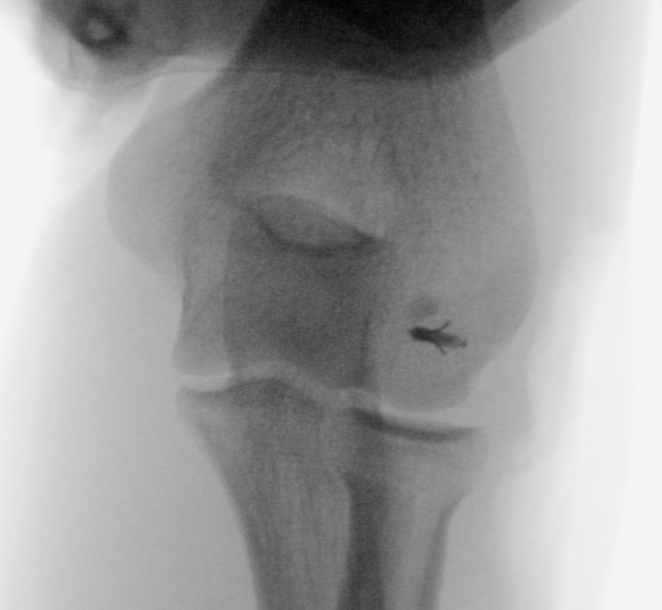
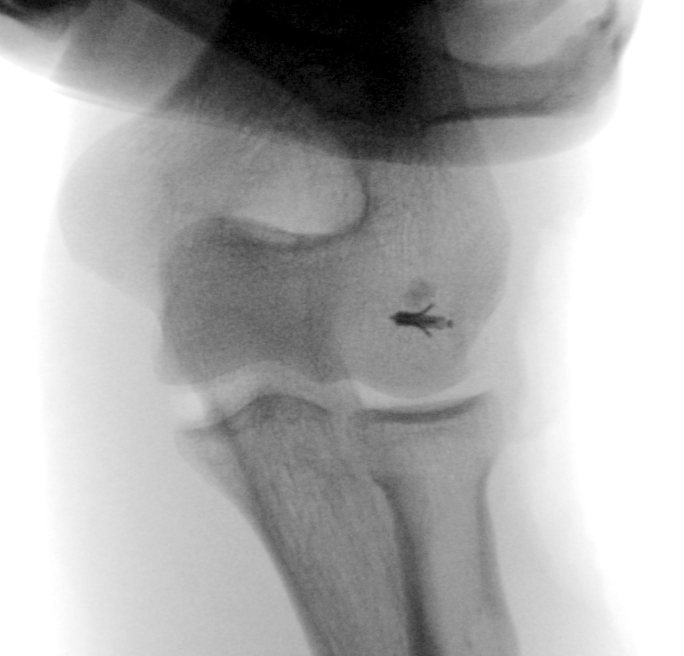
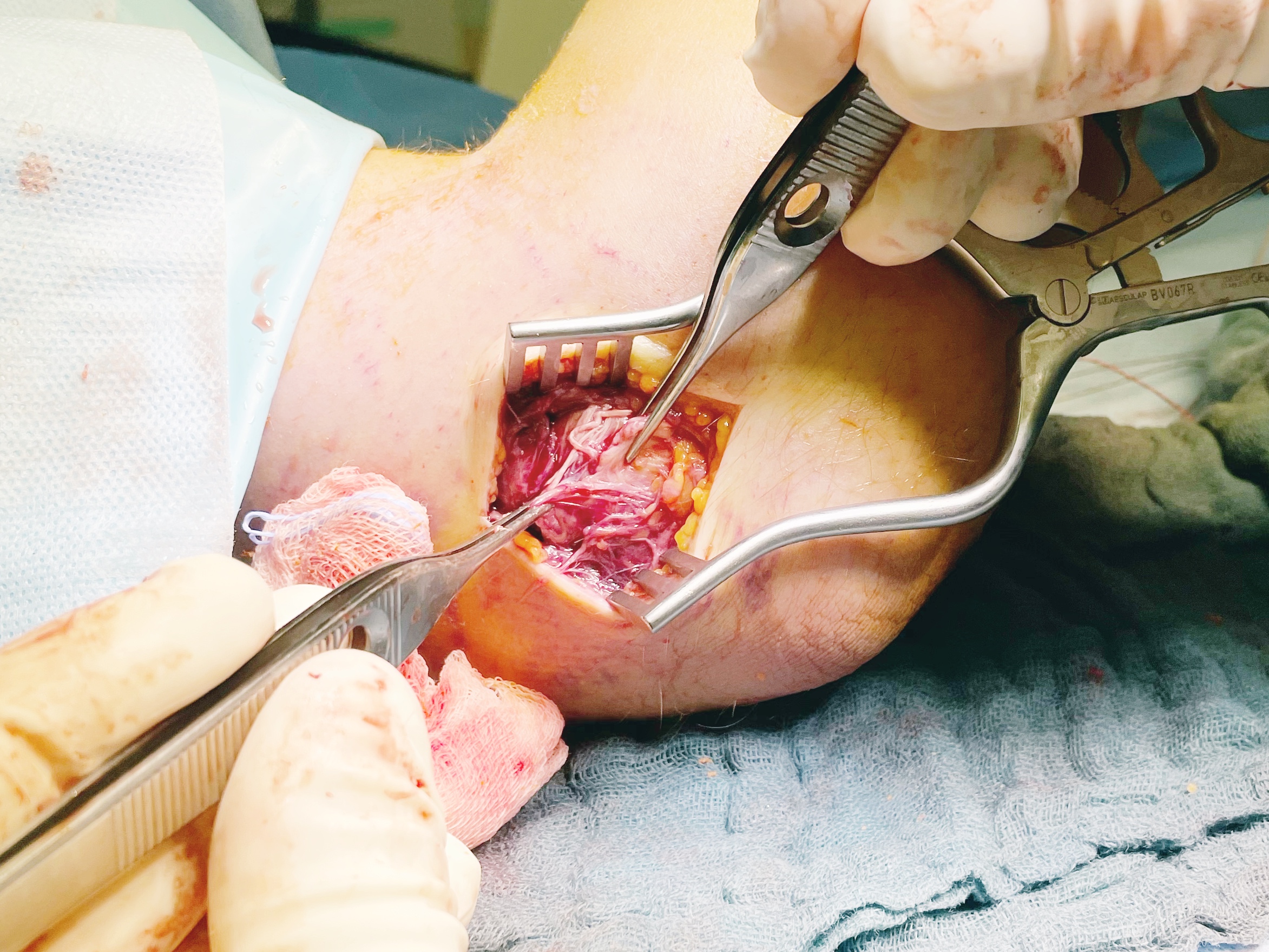
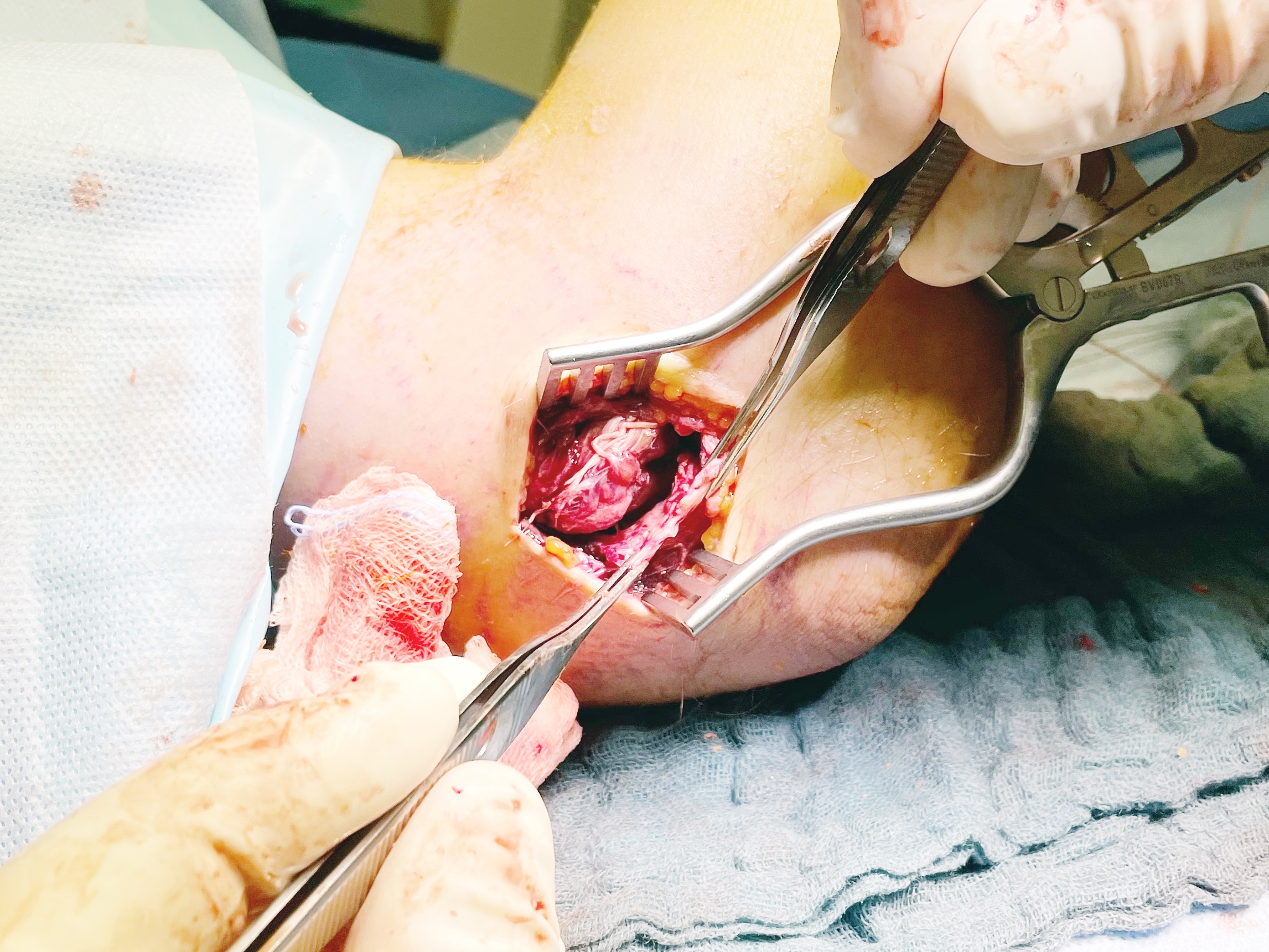
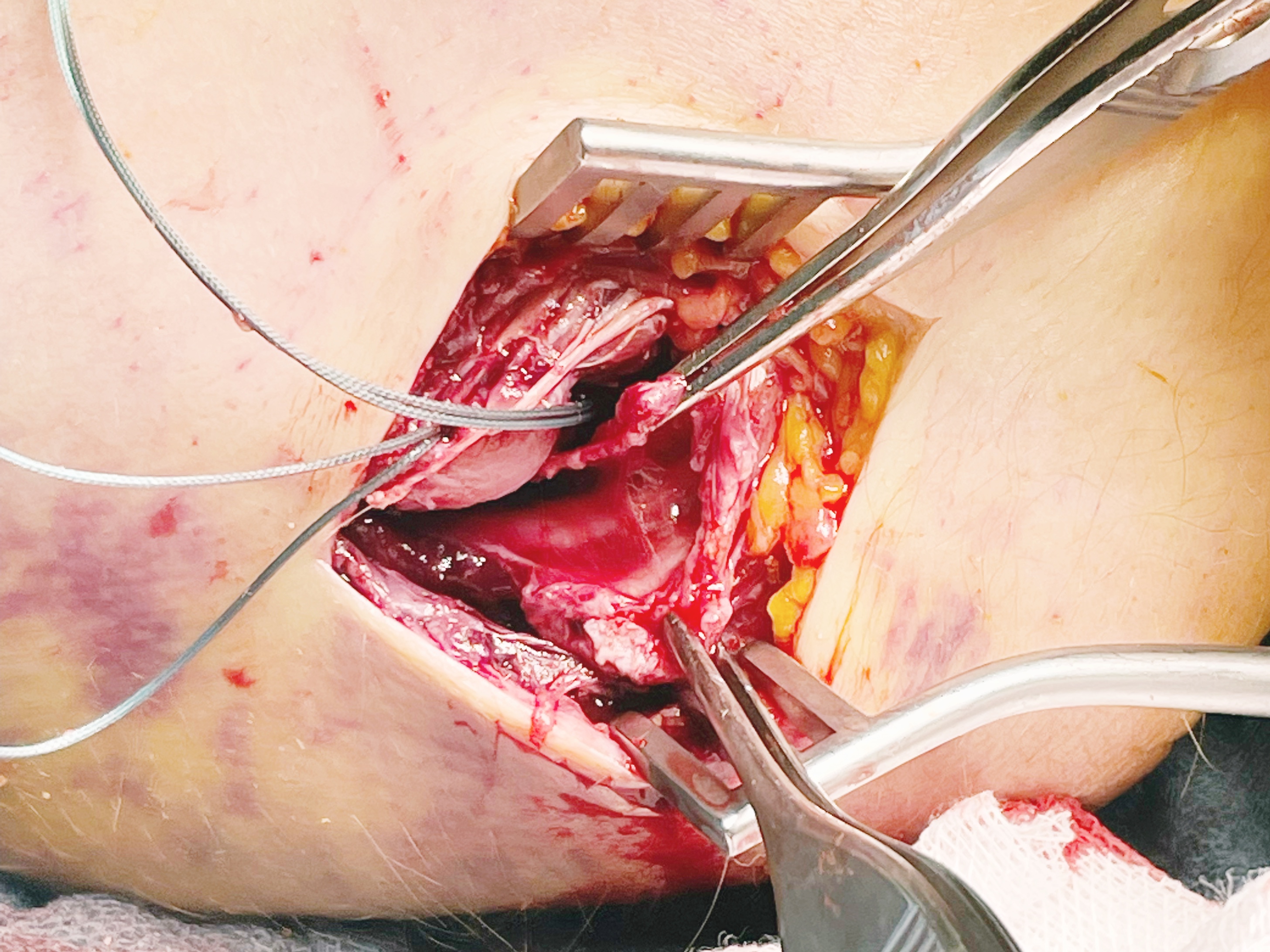
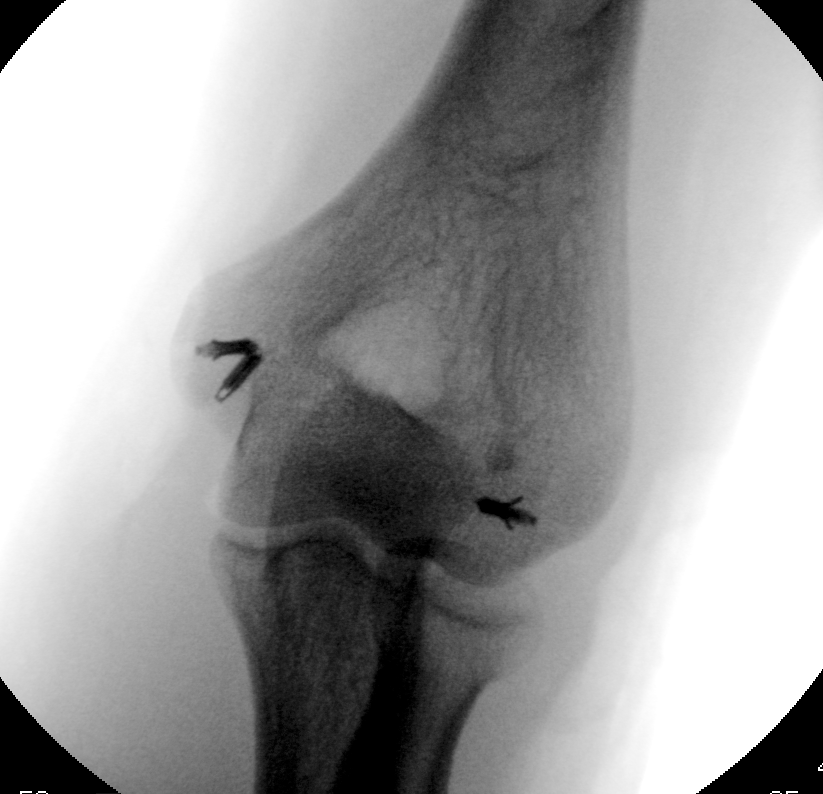
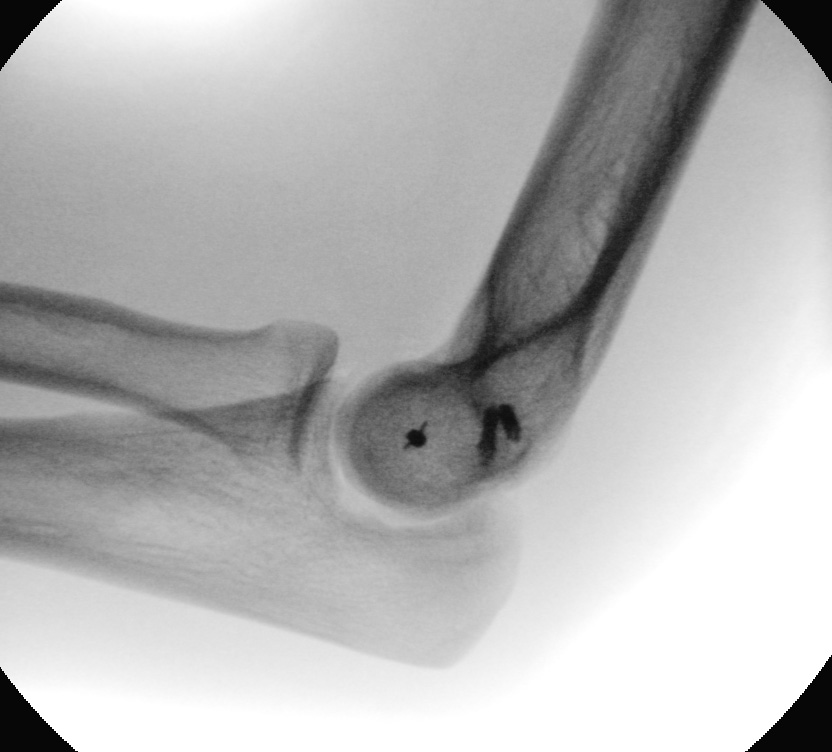
Article viewed 506 times
18 May 2022
Add to Bookmarks
Full Citation
Cite this article:
Oates, E.J. (2022). Multidirectional instability following posteromedial elbow dislocation. Journal of Orthopaedic Surgery and Traumatology. Case Report 13273550 Published Online May 18 2022.